Scientists have applied a technique called renormalization—often used in quantum field theory—to investigate how the brain stores and processes information.
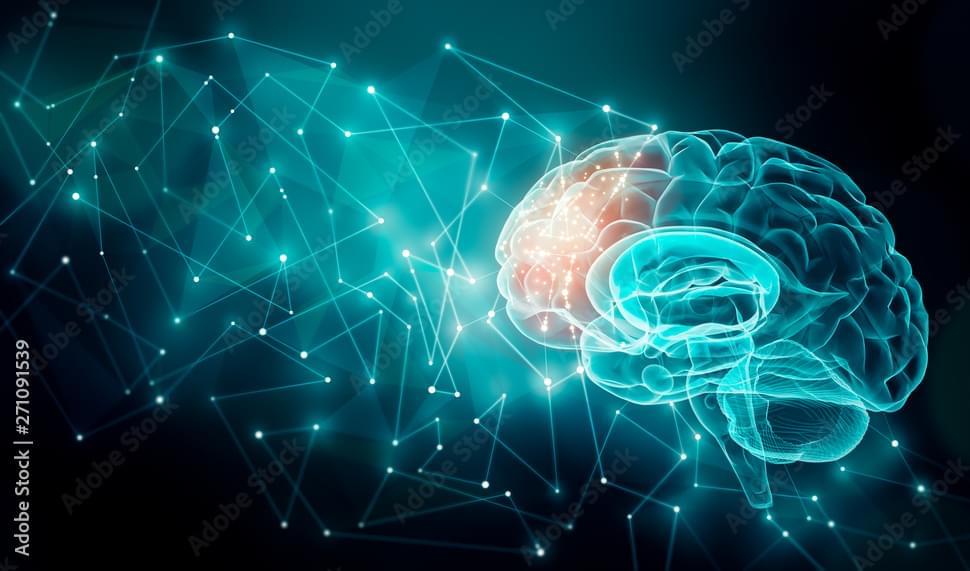


One of the ways we can fully realize the potential of quantum computers is by basing them on both light and matter – this way, information can be stored and processed, but also travel at the speed of light.
Scientists have just taken a step closer to this goal, by successfully producing the largest hybrid particles of light and matter ever created.
These quasiparticles, known as Rydberg polaritons, were made with the help of a piece of stone containing cuprous oxide (Cu2O) crystals from an ancient deposit in Namibia, one of the few places in the world where cuprous oxide has been found in gemstone quality.
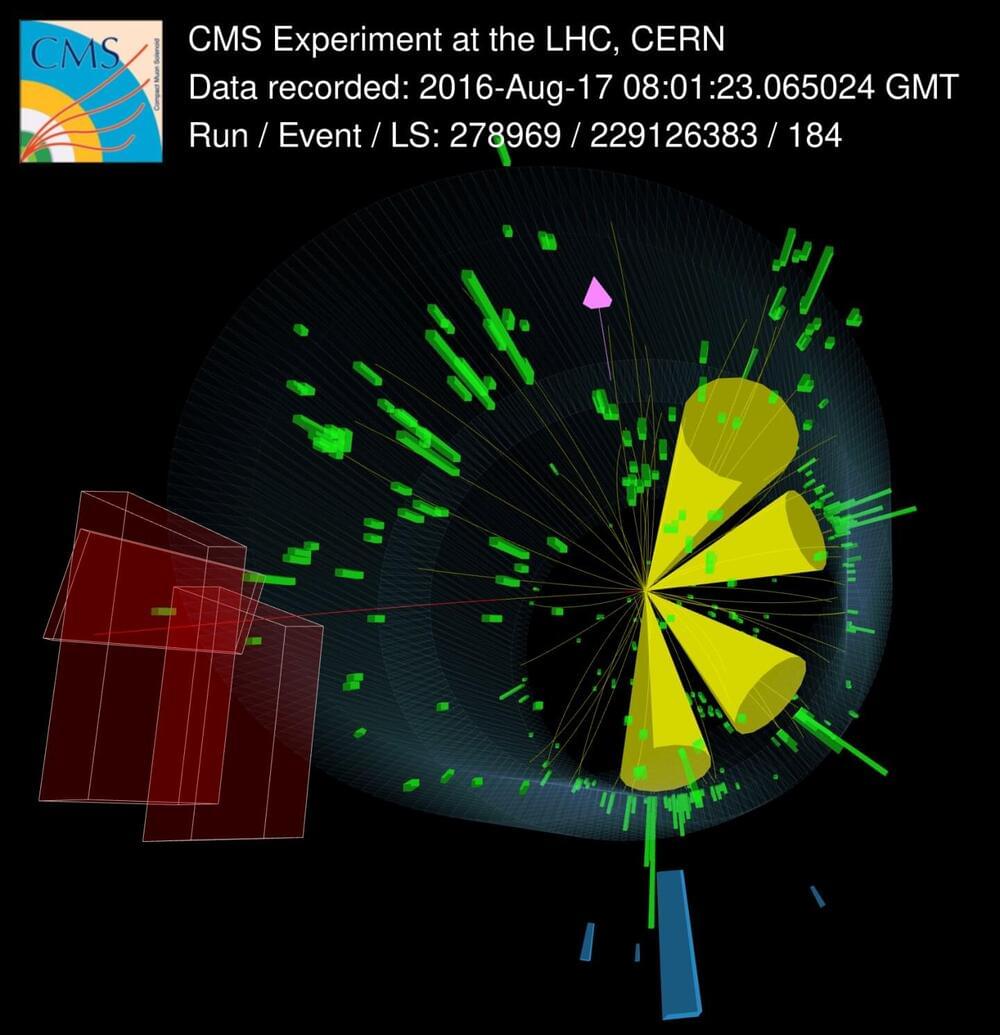
The CMS collaboration at the Large Hadron Collider (LHC) has performed the most accurate ever measurement of the mass of the top quark—the heaviest known elementary particle. The latest CMS result estimates the value of the top-quark mass with an accuracy of about 0.22%. The substantial gain in accuracy comes from new analysis methods and improved procedures to consistently and simultaneously treat different uncertainties in the measurement.
The precise knowledge of the top-quark mass is of paramount importance to understand our world at the smallest scale. Knowing this heaviest elementary particle as intimately as possible is crucial because it allows testing of the internal consistency of the mathematical description of all elementary particles, called the Standard Model.
For example, if the masses of the W boson and Higgs boson are known accurately, the top-quark mass can be predicted by the Standard Model. Likewise, using the top-quark and Higgs-boson masses, the W-boson mass can be predicted. Interestingly, despite much progress, the theoretical-physics definition of mass, which has to do with the effect of quantum-physics corrections, is still tough to pin down for the top quark.
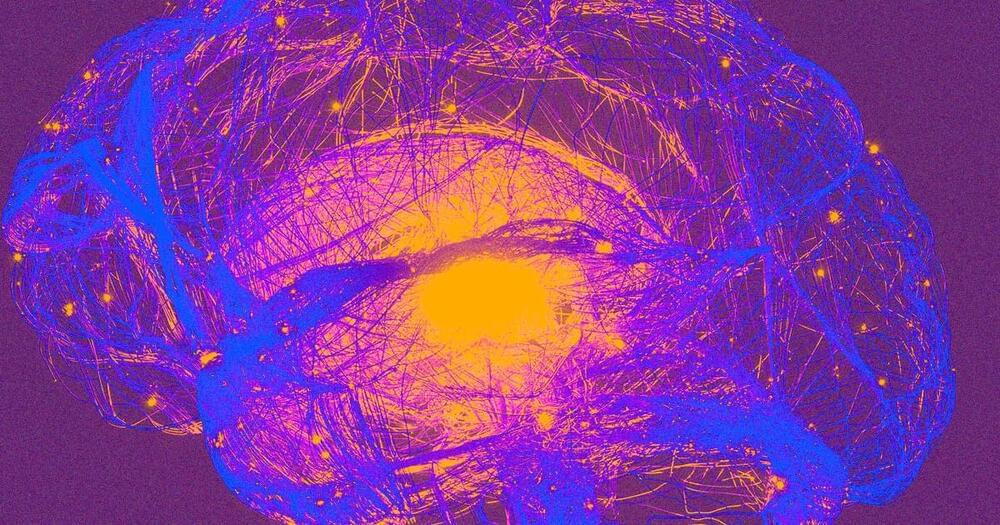
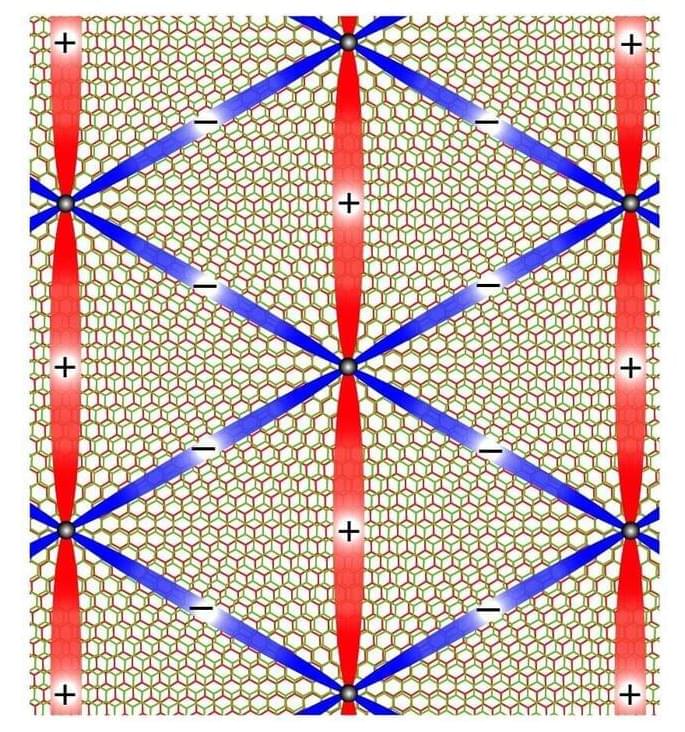
Superconductors are materials that conduct electrical current with practically no electrical resistance at all. This ability makes them extremely interesting and attractive for a plethora of applications such as loss-less power cables, electric motors and generators, as well as powerful electromagnets that can be used for MRI imaging and for magnetic levitating trains. Now, researchers from Nagoya University have detailed the superconducting nature of a new class of superconducting material, magic-angle twisted bilayer graphene.
For a material to behave as a superconductor, low temperatures are required. Most materials only enter the superconducting phase at extremely low temperatures, such as −270°C, which is lower than those measured in outer space. This severely limits their practical applications because such extensive cooling requires very expensive and specialized liquid helium cooling equipment. This is the main reason superconducting technologies are still in their infancy.
High temperature superconductors (HTS), such as some iron and copper-based examples, enter the superconducting phase above −200°C, a temperature that is more readily achievable using liquid nitrogen which cools down a system to −195.8°C. However, the industrial and commercial applications of HTS have been thus far limited. Currently known and available HTS materials are brittle ceramic materials that are not malleable and cannot be made into useful shapes like wires. In addition, they are notoriously difficult and expensive to manufacture. This makes the search for new superconducting materials critical and a strong focus of research for physicists like Prof. Hiroshi Kontani and Dr. Seiichiro Onari from the Department of Physics, Nagoya University.
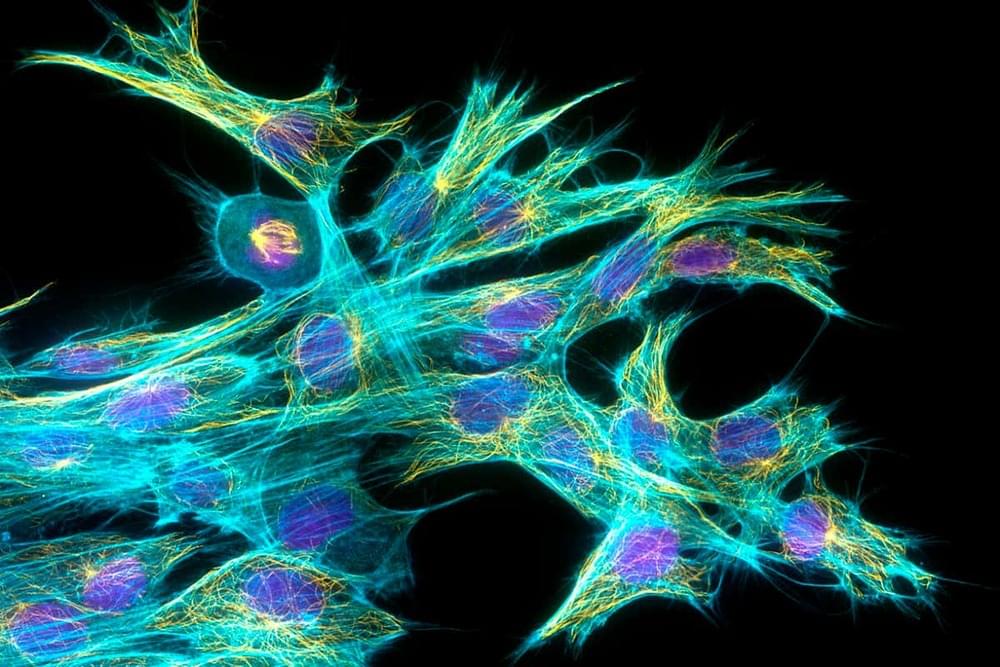

Scientists from Beijing set a new quantum secure direct communication (QSDC) world record of 102.2 km (64 miles), a massive leap over the previous record of 18 km (11 miles), according to The Eurasian Times.
The research could eventually lead to a massive quantum communications network that would be virtually hacker-proof due to the nature of the technology.
The researchers, who published their findings in a paper in Nature, demonstrated transmission speeds of 0.54 bits per second, much slower than communications using classical computing devices. Still, this was fast enough for phone call and text message encryption over a distance of 30 km (19 miles).

Image by: Arkadiusz Jadczyk.
The word fractal has become increasingly popular, although the concept started more than two centuries ago in the 17th century with prominent and prolific mathematician and philosopher Gottfried Wilhelm Leibnitz is believed to have addressed for the first time the notion of recursive self-similarity, and it wasn’t until 1960 that the concept was formally stabilized both theoretically and practically, through the mathematical development and computerized visualizations by Benoit Mandelbrot, who settled on the name “fractal”.
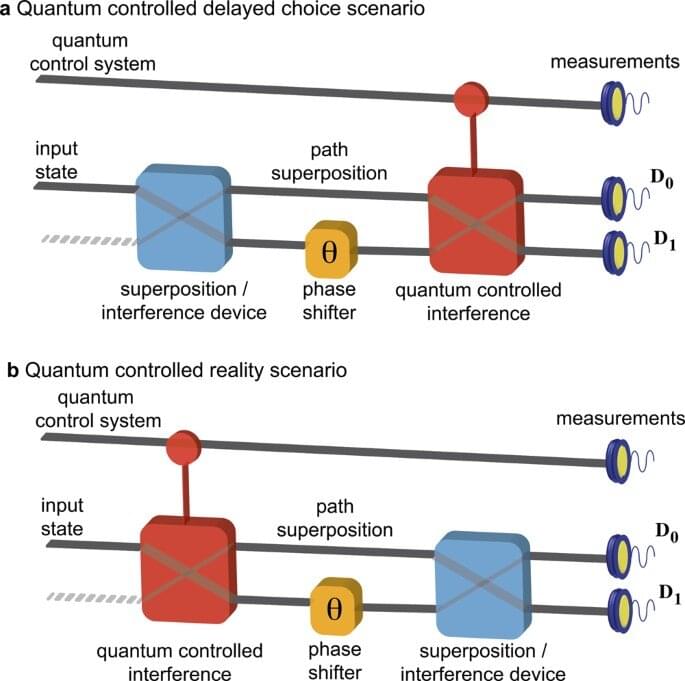
In a new report now published in Nature Communications Physics, Pedro R. Dieguez and an international team of scientists in quantum technologies, functional quantum systems and quantum physics, developed a new framework of operational criterion for physical reality. This attempt facilitated their understanding of a quantum system directly via the quantum state at each instance of time. During the work, the team established a link between the output visibility and elements of reality within an interferometer. The team provided an experimental proof-of-principle for a two-spin-½ system in an interferometric setup within a nuclear magnetic resonance platform. The outcomes validated Bohr’s original formulation of the complementarity principle.
Physics according to Niels Bohr
Bohr’s complementarity principle states that matter and radiation can be submitted to a unifying framework where either element can behave as a wave or a particle, based on the experimental setup. According to Bohr’s natural philosophy, the nature of individuality of quantum systems is discussed relative to the definite arrangement of whole experiments. Almost a decade ago, physicists designed a quantum delayed choice experiment (QDCE), with a beam splitter in spatial quantum superposition to render the interferometer to have a “closed + open” configuration, while the system represented a hybrid “wave + particle” state. Researchers had previously coupled a target system to a quantum regulator and tested these ideas to show how photons can exhibit wave-like or particle-like behaviors depending on the experimental technique used to measure them.
In a discovery that could speed research into next-generation electronics and LED devices, a University of Michigan research team has developed the first reliable, scalable method for growing single layers of hexagonal boron nitride on graphene.
The process, which can produce large sheets of high-quality hBN with the widely used molecular-beam epitaxy process, is detailed in a study in Advanced Materials.
Graphene-hBN structures can power LEDs that generate deep-UV light, which is impossible in today’s LEDs, said Zetian Mi, U-M professor of electrical engineering and computer science and a corresponding author of the study. Deep-UV LEDs could drive smaller size and greater efficiency in a variety of devices including lasers and air purifiers.